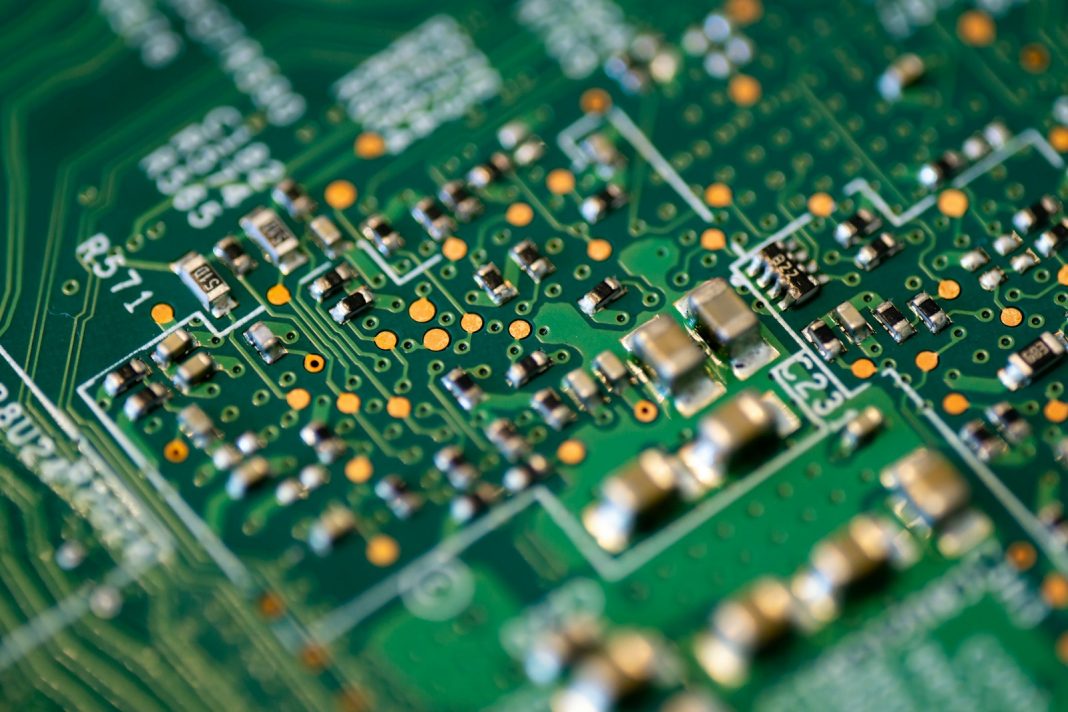In the realm of PC troubleshooting, encountering a red LED light on your motherboard can range from a minor glitch to a significant hardware issue. Whether it’s a benign indicator or a critical warning, understanding how to address this can save both time and potential frustration. Here’s a comprehensive guide on how to tackle a motherboard red light error.
Identifying the Issue
The first step in addressing a red light on your motherboard is understanding its significance, which can vary depending on the manufacturer and model of your motherboard. Most motherboards come with indicators or LEDs that serve as diagnostic tools, but without prior knowledge, consulting the manual is crucial.
Each motherboard manual provides a breakdown of LED indicators and their meanings. Whether it’s a continuous glow, intermittent flashing, or a specific pattern, decoding these signals is pivotal. Manufacturers like ASUS often provide detailed diagrams and explanations, aiding users in pinpointing the exact issue, from power supply errors to CPU faults.
Basic Troubleshooting Steps
1. Check the Manual: Refer to the manual, either digital or physical, accompanying your motherboard. It outlines LED placements and interpretations, offering insights into potential problems or reassuring that everything operates within normal parameters.
2. Reset the CMOS: Resetting the CMOS (Complementary Metal-Oxide Semiconductor) is a preliminary fix for BIOS-related instability. This involves removing the CMOS cell battery and power cable, then pressing the power button for 30 seconds before reassembling. It’s a simple yet effective measure that resolves many start up issues.
Addressing CPU Errors
If the red light indicates a CPU-related error, additional steps are necessary:
1. Reinstall the CPU: Ensuring the processor and its cooler are securely in place is critical. Reinstallation might resolve connection issues that trigger error lights.
2. Check CPU Cooler Functionality: Verify that the CPU fan operates correctly and the cooler firmly attaches to prevent overheating warnings, which could prompt motherboard LEDs.
3. Update BIOS Firmware: Compatibility issues between new CPUs and older motherboards often necessitate BIOS updates. Installing a supported CPU temporarily facilitates this update process, ensuring seamless functionality upon reinstallation.
4. Test the CPU: Testing the processor in another compatible system confirms its operational status, isolating CPU-specific faults from broader hardware malfunctions.
Further Troubleshooting Measures
Beyond CPU-related concerns, thorough examination includes:
1. Component Disconnection: Detaching unnecessary peripherals—RAM sticks, storage drives, and additional cards—simplifies diagnostics, revealing whether peripheral hardware contributes to motherboard alerts.
2. Memory Reseating: Reinserting RAM modules addresses potential connectivity lapses, rectifying common start up problems associated with memory allocation errors.
3. Power Verification: Ensuring all power cables—CPU, graphics card, and motherboard—are securely fastened prevents power supply discrepancies that trigger warning LEDs.
If exhaustive troubleshooting fails to mitigate the red light error, hardware replacement becomes a plausible recourse. While daunting, consulting a certified technician or service provider ensures comprehensive diagnosis and resolution, averting prolonged system downtime.
In conclusion, deciphering motherboard red light errors demands systematic analysis and adherence to manufacturer guidelines. By leveraging diagnostic tools, updating firmware, and methodically reconfiguring hardware, users can expedite problem resolution, restoring system functionality efficiently.
For future developments, advancements in motherboard diagnostics and compatibility assurance are anticipated, simplifying user troubleshooting and bolstering system resilience against hardware inconsistencies.
This comprehensive approach empowers users to navigate motherboard malfunctions confidently, fostering enhanced system reliability and performance longevity.


